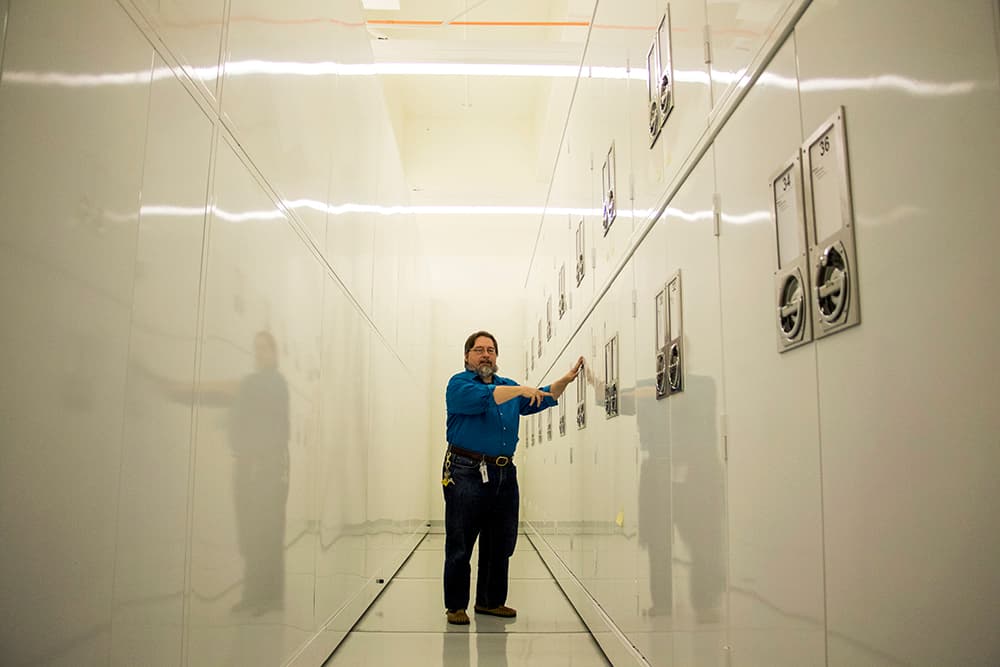
One of the world's leading dung beetle experts calls Denver home. Meet Dr. Frank-Thorsten Krell, senior curator of entomology at the Denver Museum of Nature and Science whose research focuses specifically on those charismatic little potty mouths.
On Thursday evening, Krell will present at DMNS' dung-themed Science Lounge, their event series for adults. Naturally, we were interested to see some of his collection up close and ask what his expertise might tell us about ourselves. As it turns out: Krell's dung beetles say quite a bit about the humans around them.
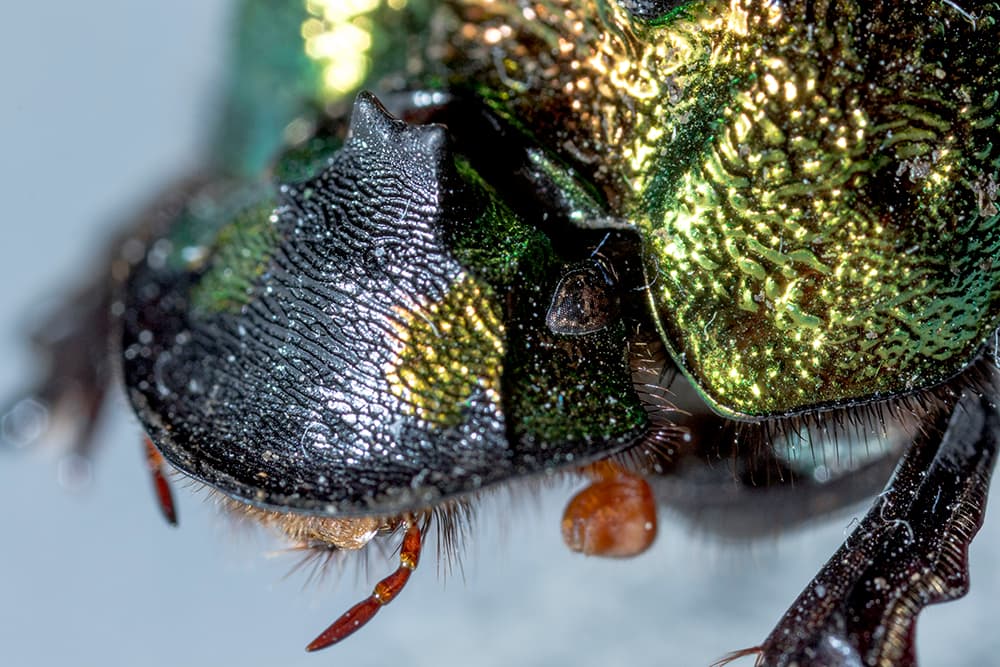
First, morsels of Colorado's past:
Once upon a time, dung beetles along the Front Range were plentiful. They were pretty, too. The Rainbow Scarab, Colorado's indigenous dung-eater, measures a hearty inch in length and girth. Depending on how the light hits it, the species glints with hints ruby and sapphire across its emerald exterior.
But specimens like this aren't so easy to find here anymore. The reasons why are tied to Colorado's frontier days, back when colonizing white settlers slaughtered American bison nearly to extinction. Our loss of bison across the country is deeply entwined with modern America's conquest over indigenous people (learn about this in detail in season one of the Threshold podcast, which was produced in Boulder). As we attacked native peoples and mammals, we unwittingly also sent our dung beetles into decline.
"The natives are very rare," Krell said. Even though farmers arrived soon after with cows to supplement this loss in buffalo dung, he said, it was too late. Without stocks of buffalo dung for the Rainbow Scarab to feast upon, he said, their numbers sharply declined.
Thus, we had ourselves an open market for dung processors.
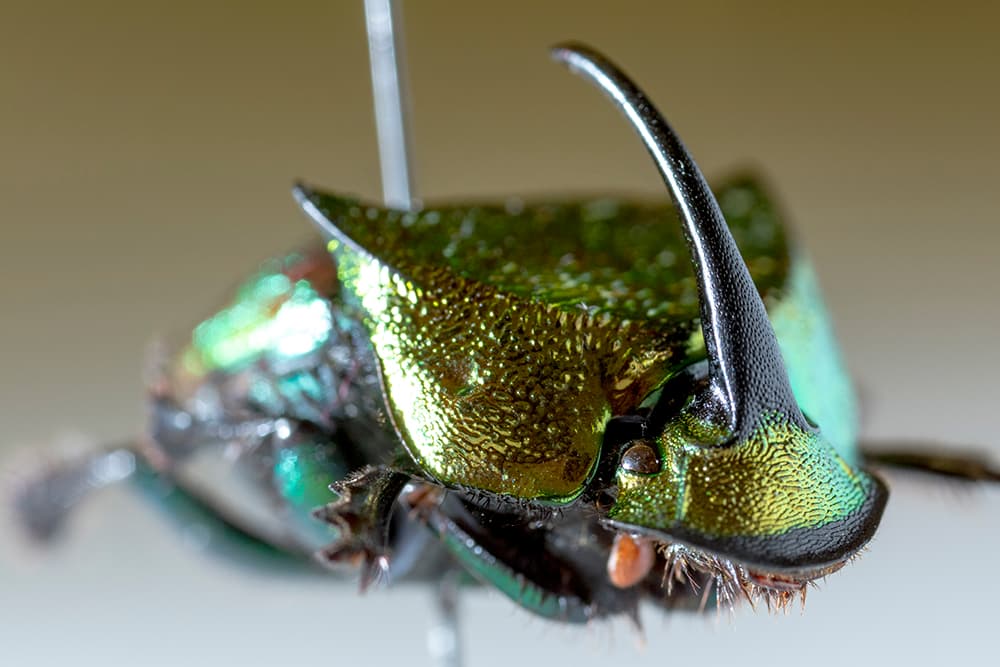
Now, a look into the future:
It turns out that humans haven't been the only species flocking to Colorado in recent years. Invasive dung beetles, small and brown and not nearly as pretty, have also found their way into our ecosystem.
Dr. Krell said we've had certain kinds of invasive scarabs in Colorado for a century, but Aphodius erraticus (originally from Europe) has taken over the state in just the last 25 years. Again, the reasons for changes in our local dung beetle community can be attributed to humans.
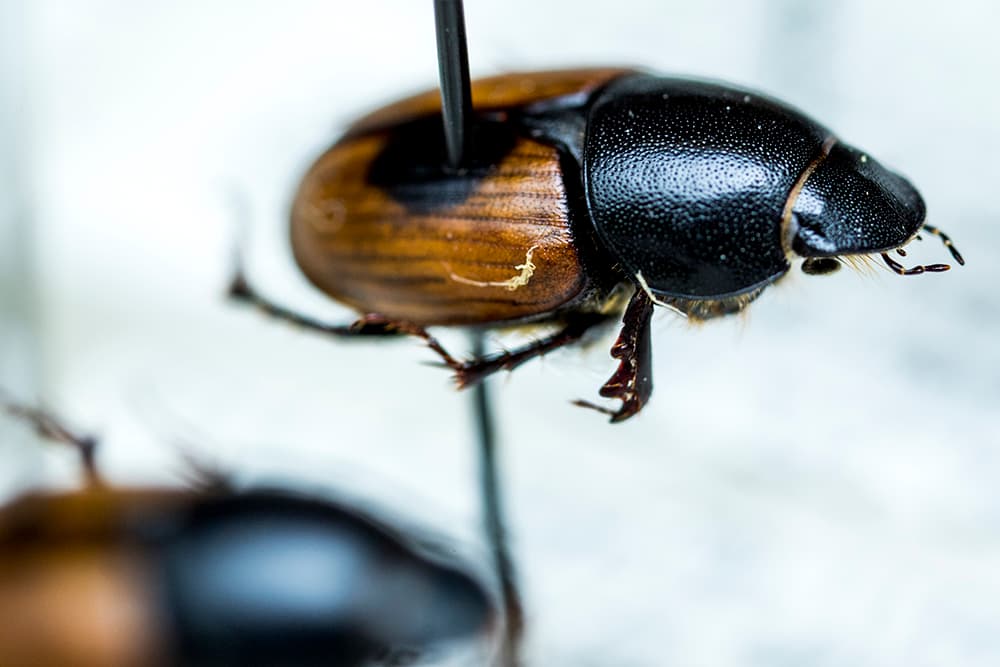
Krell said scientists think the reason for their (relatively) new appearance is related to rising average temperatures. Winters across the Midwest, he said, were traditionally too cold for the little buggers to make it to the west.
"It's an indication that something happened, climate-wise," he said. "They had a couple hundred years to come over and they didn’t." But now, here they are. It's a sign of larger-scale changes in our natural surroundings that are bound to compound as climate shifts become more pronounced.

One thing to note here: we often talk about invasive species as a pest, something that doesn't belong and often has a negative impact on native plants or animals that humans hope to preserve. In this case, because we've our native dung species has already dwindled, Krell says the invasion is probably a good thing.
Dung beetles are an important part of the circle of life, they help break waste down so it can be re-consumed by plants as fertilizer. If we had no dung beetles in our ecosystems, Krell said, we'd have a problem.
What can dung beetles tell us about Denver?
Specifically, Dr. Krell said, dung beetles aren't really found in Denver. It's a result of development and our preference for green lawns that wouldn't naturally grow in the area.
Generally, he said, "the further you go away from the Denver Metro Area, the more diversity you see in the natural world."
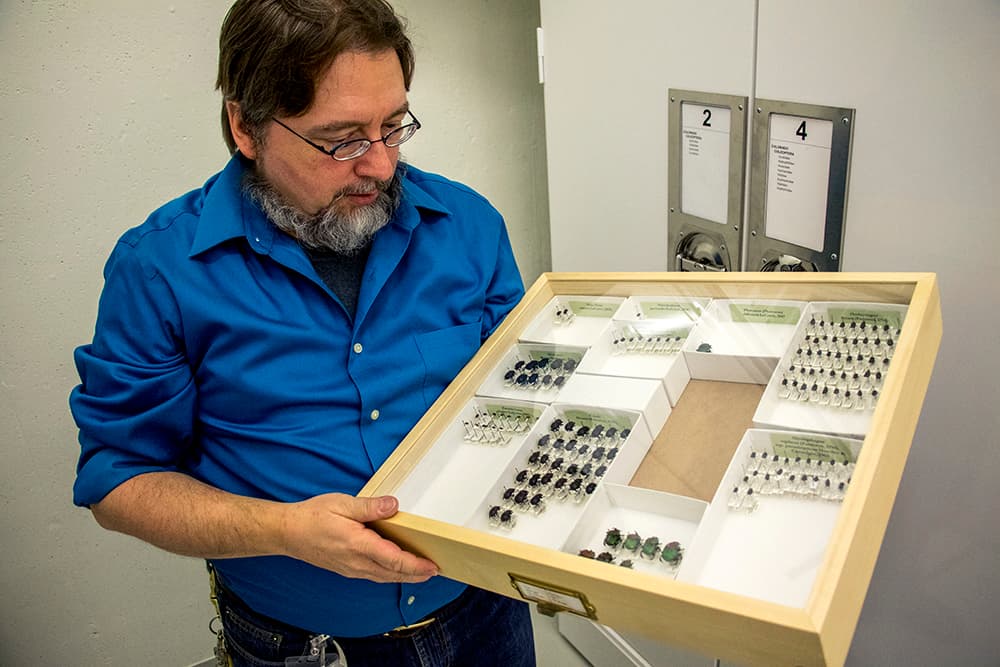
And Denver's dung isn't their style, either.
For one thing, dung beetles don't like dog dung. Despite the quantities that Denver has struggled to deal with, neither the native nor invasive species would be attracted to the stuff or very helpful in dealing with it.
And the beetles don't like too much dung in one place. So even though the Stock Show is in full swing (producing piles of cow dung), Krell said his beetles wouldn't be interested. "They want to have the poop in small portions in a quiet area," he said.
The dung beetles you can find in Denver are inside the Museum's expansive collection, and they hail from all over the world. It's just another reminder that DMNS is home to some pretty high-caliber research in addition to hosting school field trips and a handful of gnomes.
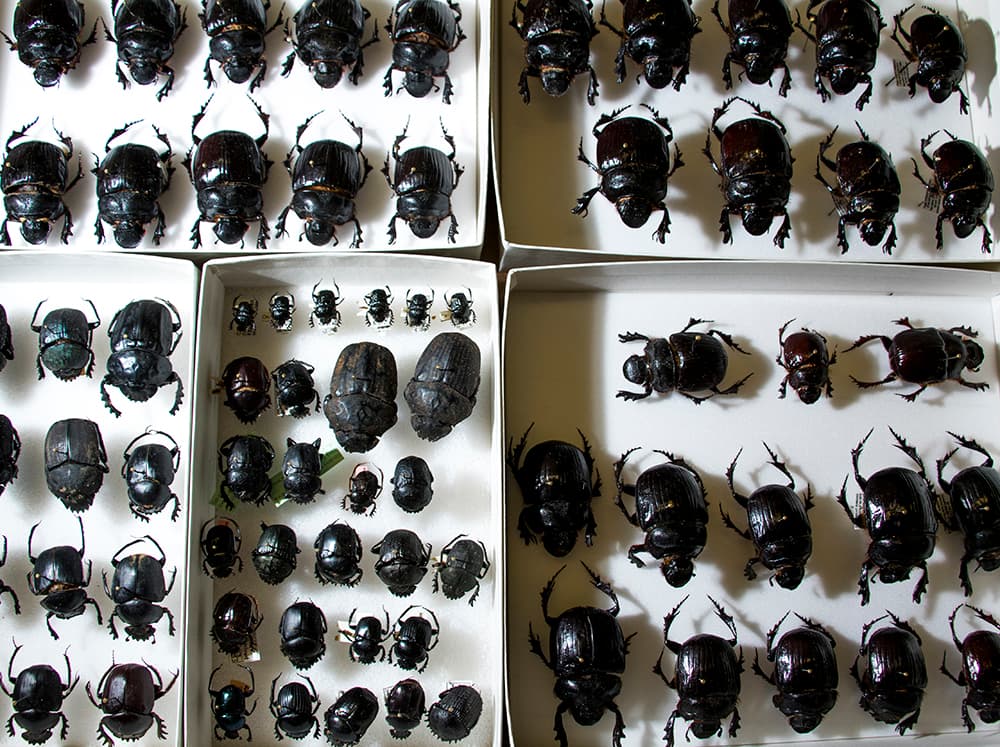
If you're interested in more of Dr. Krell's research, catch his appearance at DMNS's "Crappy New Year" event titled "Living in Dung."











